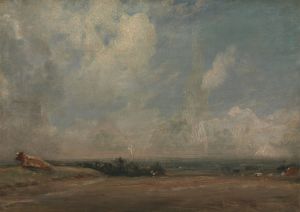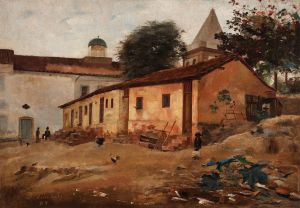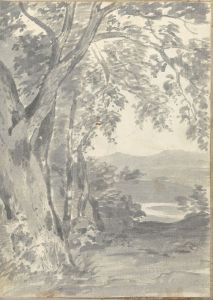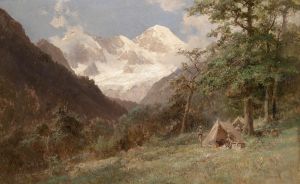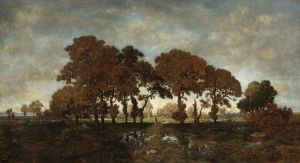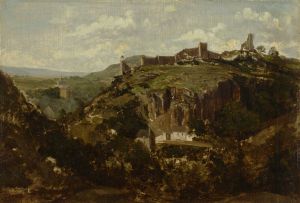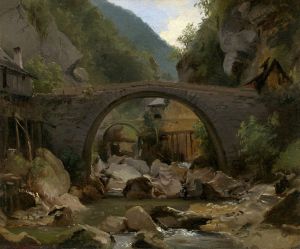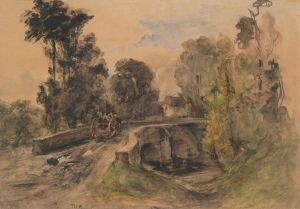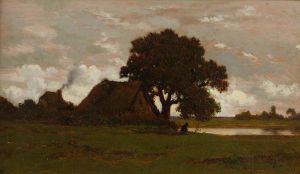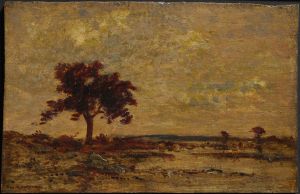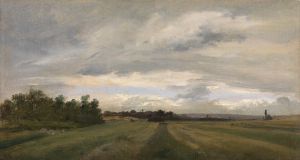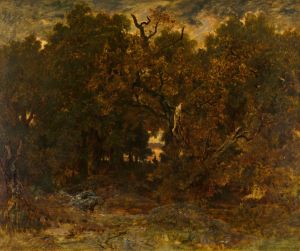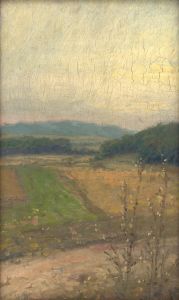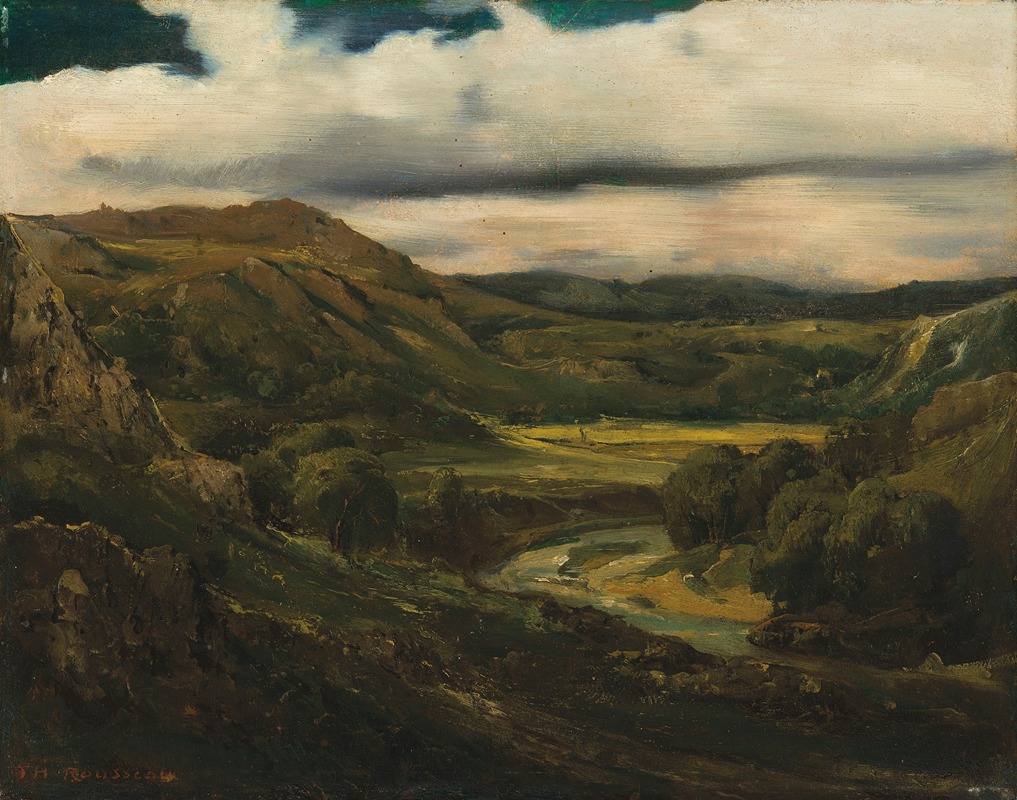
Vallée et montagnes d’Auvergne
A hand-painted replica of Théodore Rousseau’s masterpiece Vallée et montagnes d’Auvergne, meticulously crafted by professional artists to capture the true essence of the original. Each piece is created with museum-quality canvas and rare mineral pigments, carefully painted by experienced artists with delicate brushstrokes and rich, layered colors to perfectly recreate the texture of the original artwork. Unlike machine-printed reproductions, this hand-painted version brings the painting to life, infused with the artist’s emotions and skill in every stroke. Whether for personal collection or home decoration, it instantly elevates the artistic atmosphere of any space.
Théodore Rousseau's painting "Vallée et montagnes d’Auvergne" (translated as "Valley and Mountains of Auvergne") is a work that reflects the artist's deep connection to nature and his dedication to capturing the French landscape. Rousseau, a prominent figure of the Barbizon School, was known for his realistic and emotive depictions of rural scenes, often emphasizing the interplay between light, atmosphere, and the natural environment.
This particular painting portrays the rugged and picturesque terrain of the Auvergne region in central France, an area known for its volcanic mountains, rolling valleys, and dramatic natural beauty. Rousseau's choice of subject aligns with his broader artistic focus on the French countryside, which he sought to document and celebrate during a time of rapid industrialization and urbanization in the 19th century.
"Vallée et montagnes d’Auvergne" exemplifies Rousseau's meticulous attention to detail and his ability to convey the mood of a landscape. The painting likely features a harmonious composition of earthy tones, with careful rendering of the textures of rocks, trees, and vegetation. Rousseau's use of light and shadow would have been instrumental in creating a sense of depth and atmosphere, inviting viewers to immerse themselves in the scene.
As with many of Rousseau's works, this painting reflects his commitment to plein air painting, a technique that involves working outdoors to capture the immediacy and authenticity of a landscape. This approach was central to the Barbizon School's philosophy and marked a departure from the more formal and idealized landscapes of earlier periods.
While specific details about the creation date or current location of "Vallée et montagnes d’Auvergne" are not readily available, the painting remains an important example of Rousseau's contribution to 19th-century landscape art. His work not only influenced his contemporaries but also paved the way for later movements, such as Impressionism, which further explored the relationship between light, color, and the natural world.
Théodore Rousseau's legacy as a master of landscape painting endures, and "Vallée et montagnes d’Auvergne" stands as a testament to his skill and vision in portraying the timeless beauty of the French countryside.





